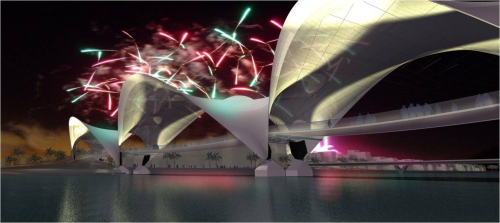
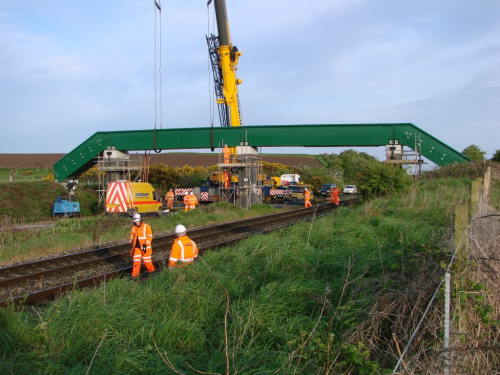
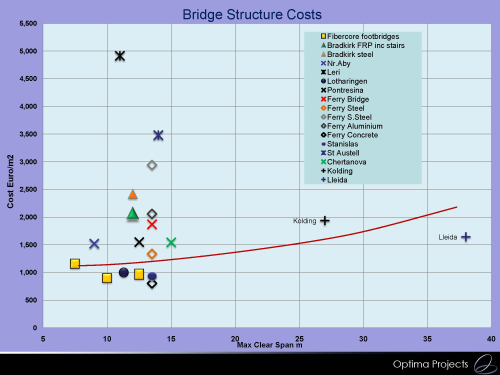
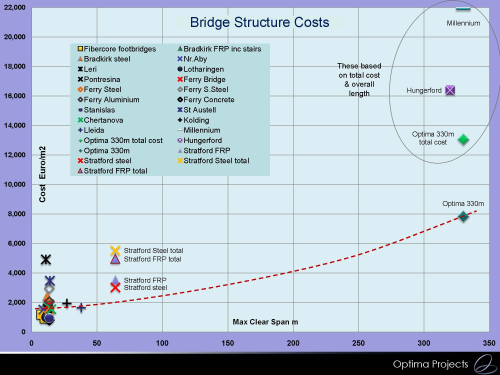
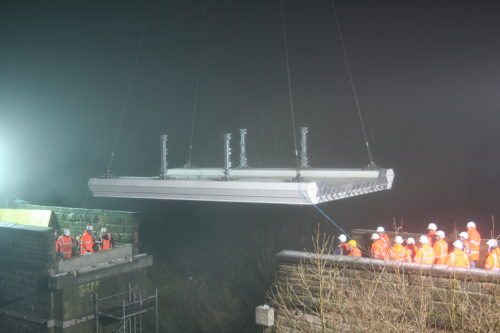
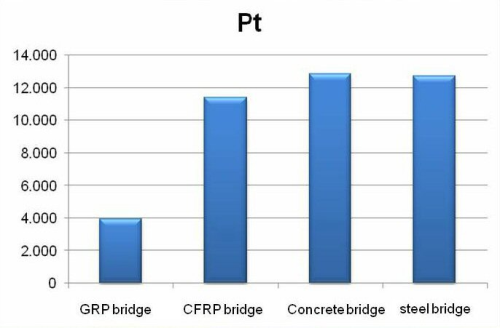
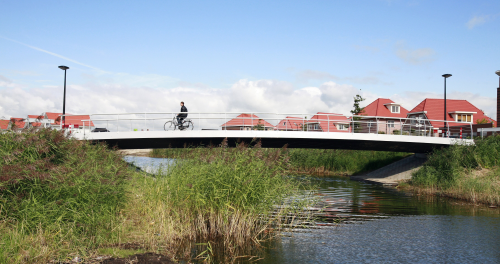
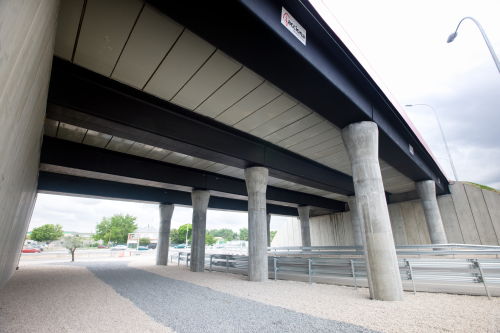
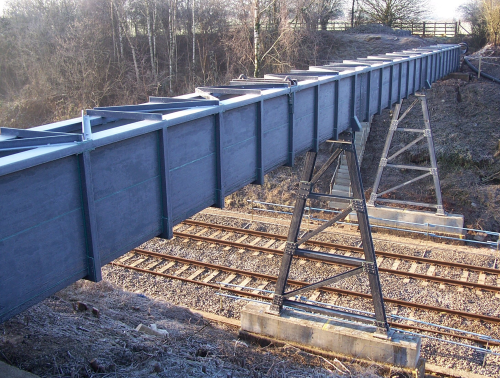
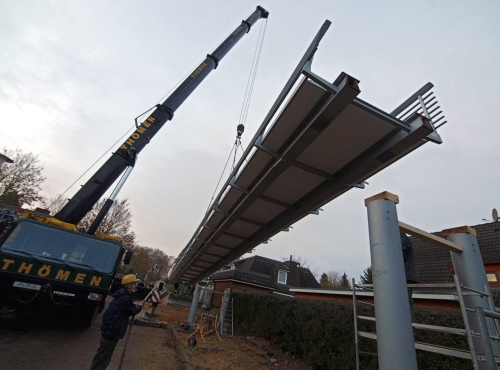
The conference organised by the Network Group for Composites in Construction (NGCC), and held at the Building Centre in London in February, showed the progress that has been made since a similar conference was held three years ago.
An architect’s perspective
Mark Whitby from Ramboll presented a keynote review of 20 previous and future bridges, manufactured from steel, concrete and aluminium. These showed dramatic, sculptural forms and in many respects cutting-edge design and engineering, but a distinct lack of FRP in their manufacture.
Whitby explained that FRP is not generally considered as a candidate material by bridge engineers, as they tend to stick to tried and tested materials with which they are familiar. However, he admitted that many of the bridges he showed could have been made from FRP and that this may have provided technical and economic benefits, certainly once through-life costs are considered.
Greater awareness and knowledge of FRP materials is still needed within the construction industry. Hopefully some future projects, such as the bridge shown in Figure 1, will include FRP.
This article is an extract from a feature published in the May/June 2010 issue of Reinforced Plastics magazine. You may download the complete feature here at no cost.
